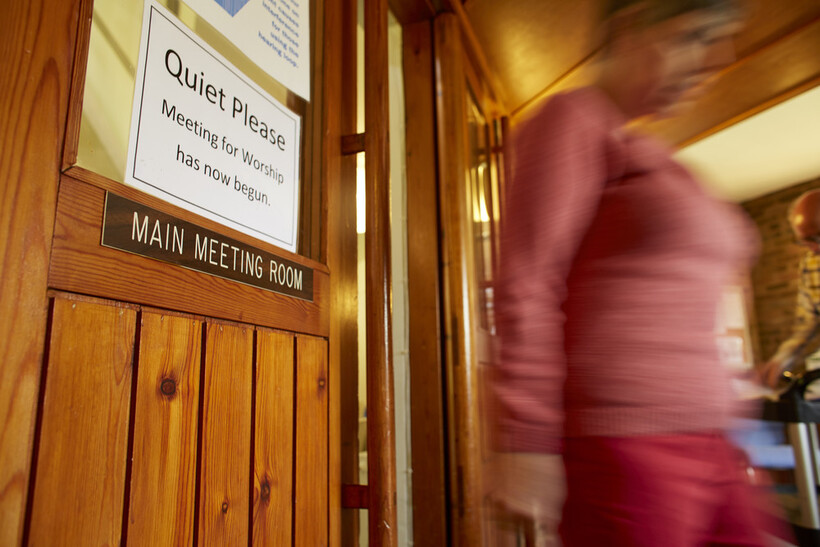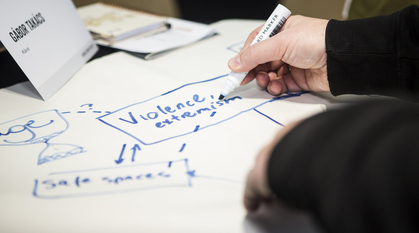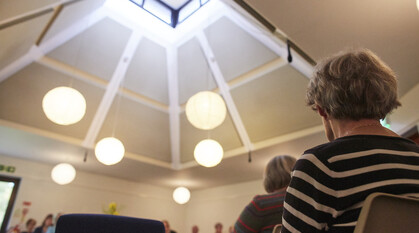The changing shape of Quaker meetings
The Tabular Statement reveals stories of Quaker communities from the 1860s to today. Penny Elliott explores what the latest 20 years of data tells us about Quaker meetings today.

Our Tabular Statement is the annual report of all Quakers in Britain, the closest thing Quakers have to a census. Every year, area meetings send in a report which shares the overall numbers of members and attenders, and the changes that meetings have recorded in the previous twelve months.
The statement is an evolving record of our church and community. It goes back to the 1860s and offers a snapshot of Quakerism every year since. When we start to look at patterns and trends in this data, it reveals the fascinating stories of Quaker communities – how and where Friends gather, when communities grow quickly, or set roots down slowly, and which meetings struggle to survive.
As Tabular Statement Coordinator I've been taking some time to look back over the past 20 years to see what we can learn about Quaker communities now – and been finding some surprising stories.
Growing meetings
Churches in the UK have been experiencing a decline in attendance in past decades, and Quakers are no exception to that. The median size of a Quaker local meeting is now 21 individuals, while in 2009 it was 24.
However, decline is not inevitable. Between 2009 and 2019, 105 local meetings – a quarter of our society – grew in size. Thirty-six of them have more than doubled.
This is fantastic news for Friends – and something that bears further investigation. Why did these meetings grow?
This is not something we can learn from the tabular statement alone, and is something that Quakers in Britain are looking into. We're also curious to hear directly from Quakers in meetings. If your meeting has grown, what has helped it do so? If it has declined, is there any clues to what caused the change?
A 'typical' Quaker meeting?
Another interesting pattern in the data shows a split forming between small and large Quaker meetings. Few meetings now sustain a medium membership size of between 30 and 50 individuals.
In some medium-sized meetings there is a large and growing number of attenders, but in many there has been a shift to a smaller, more dynamic meeting size.
The largest 50 local meetings have an average of 78 members each. Members of these meetings will have a very different experience of community to those in our smallest.
What we think of as the 'typical' meeting will continue to evolve in the next ten years, especially as meetings respond to the needs of Friends post-pandemic.
Significant change
These are just some of the patterns we can pick out from the Tabular Statement – a brilliant resource for all Friends to read and explore that is updated and shared online every year.
The 2020 statement will be presented at Yearly Meeting Gathering in summer 2021 and we warmly invite any enquiries and queries. Area meetings have sent us their returns for the 2020 data, and we will be exploring more insights and trends which incorporate these new figures. The 2020 data will be affected by the pandemic and we anticipate there will be significant change in the longer term too.
Information on the 2019 statement can be found on the Yearly Meeting 2020 site. Any enquiries can be sent to me at tabstat@quaker.org.uk


